Place pork, 1 tbs soy sauce, ½ tbs rice wine and cornflour in a bowl and stir to combine. Cover with plastic wrap and refrigerate until needed.
Trim beans and cut into 5cm lengths. If damp, dry well with paper towel. Fill a large wok with 3cm vegetable oil and place over high heat. To check whether oil is hot enough, insert a wooden chopstick into oil; small bubbles should form on the chopstick. Working in three batches, carefully add the beans and cook for 2 minutes or until skins wrinkle and whiten. Remove with a slotted spoon and drain on paper towel.
Drain all oil except for ½ tbs. Return wok to high heat and add pork mixture. Cook, breaking up mince, for 2 minutes or until browned. Add chillies, garlic, leek and shrimp, and stir-fry for 1 minute or until fragrant. Return beans to wok with remaining 2 tbs soy sauce and 1 tbs rice wine, and mustard greens. Stir-fry for 30 seconds, then add sesame oil. Stir to combine and remove from heat.
Serve immediately with rice.
*Chinese rice wine, dried red chillies and dried shrimp
are available from Asian food shops.
*Chinese leeks, available from selected greengrocers
and Asian food shops, are more slender than regular
leeks and resemble bulb spring onions. Substitute 1 large spring onion.
*Ya cai is a Sichuanese pickle made from the stems of a variety of mustard green. It is sun-dried, rubbed in salt and mixed with spices and sometimes sugar. It is dark brown and sold in packets or jars at selected Asian food shops. If unavailable, substitute with other pickled mustard greens or pickled radish.
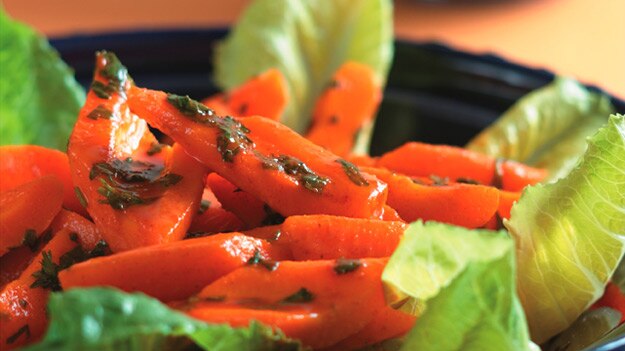 Moroccan chef Hassan M'Souli from Sydney's Out of Africa restaurant is happy to share this dish with us, traditionally from the Moroccan town of Fez.
Moroccan chef Hassan M'Souli from Sydney's Out of Africa restaurant is happy to share this dish with us, traditionally from the Moroccan town of Fez.  Geert Elzinga from Sydney’s
Geert Elzinga from Sydney’s 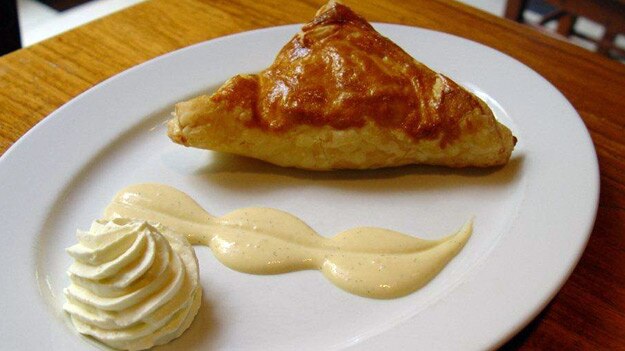 Dutch apple turnovers with typical Dutch spices are quick and easy to make and can be eaten warm or cold on the same day.
Dutch apple turnovers with typical Dutch spices are quick and easy to make and can be eaten warm or cold on the same day. 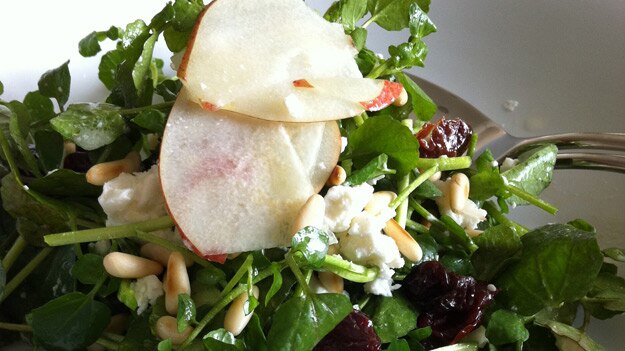 Watercress is native to Asia Minor and the Mediterranean region. Watercress grows wild in Greece and has been popular since ancient times. It is said to have health-boosting properties and the Greek general Xenophon made his soldiers eat watercress as a tonic to keep healthy.
Watercress is native to Asia Minor and the Mediterranean region. Watercress grows wild in Greece and has been popular since ancient times. It is said to have health-boosting properties and the Greek general Xenophon made his soldiers eat watercress as a tonic to keep healthy. 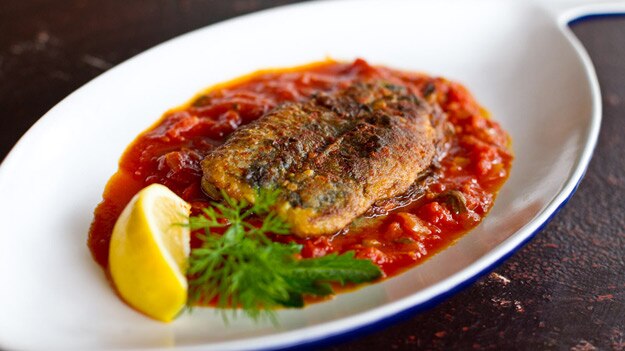 Fresh sardines are tasty, high in protein fish that have become popular in Australia.
Fresh sardines are tasty, high in protein fish that have become popular in Australia. 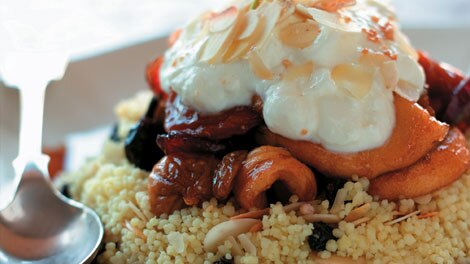 Sweet couscous seffa is a healthy, delicious dessert or breakfast. The couscous is mixed with dried fruits, yoghurt and orange blossom.
Sweet couscous seffa is a healthy, delicious dessert or breakfast. The couscous is mixed with dried fruits, yoghurt and orange blossom.  Fish is often eaten raw in the Netherlands. This dish is ideal for party canapes or a light summer lunch.
Fish is often eaten raw in the Netherlands. This dish is ideal for party canapes or a light summer lunch. 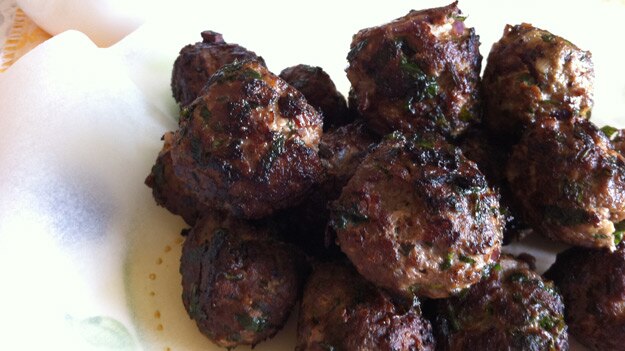 It is believed that fritters or keftedes have their origins in Ancient Greece. Greek loukoumades or doughnuts was the first type of fritter to be created in Ancient times. These were sweet fritters with honey and sesame.
It is believed that fritters or keftedes have their origins in Ancient Greece. Greek loukoumades or doughnuts was the first type of fritter to be created in Ancient times. These were sweet fritters with honey and sesame. 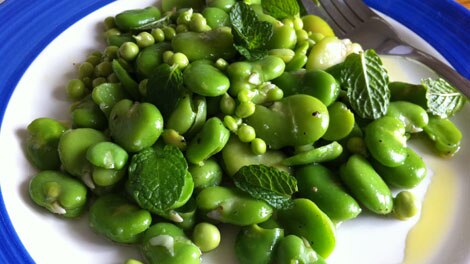 This is a favourite dish in Greece and broad beans are often teamed up with artichokes.
This is a favourite dish in Greece and broad beans are often teamed up with artichokes.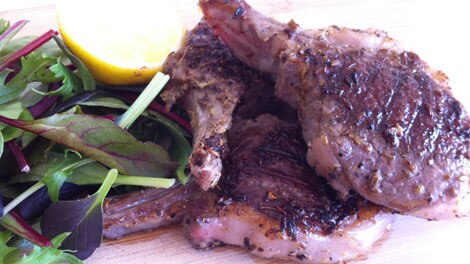 Archestratus was one of my favourite Ancient Greek chefs. He believed that quality foods were a pleasure and only need to be seasoned with salt, olive oil and sometimes a touch of cumin.
Archestratus was one of my favourite Ancient Greek chefs. He believed that quality foods were a pleasure and only need to be seasoned with salt, olive oil and sometimes a touch of cumin.  French-born Patrice Repellin comes from Annecy in the French Alps. He is the owner and chef of "Koots Salle à Manger", a modern French restaurant located in Kooyong, south-east Melbourne. Repellin has gained experience in France as well as Switzerland, USA, the Caribbean and Sydney, where he learnt to appreciate a light, fresh approach to fine produce. Mountain cheese risotto is one of his specialties.
French-born Patrice Repellin comes from Annecy in the French Alps. He is the owner and chef of "Koots Salle à Manger", a modern French restaurant located in Kooyong, south-east Melbourne. Repellin has gained experience in France as well as Switzerland, USA, the Caribbean and Sydney, where he learnt to appreciate a light, fresh approach to fine produce. Mountain cheese risotto is one of his specialties.